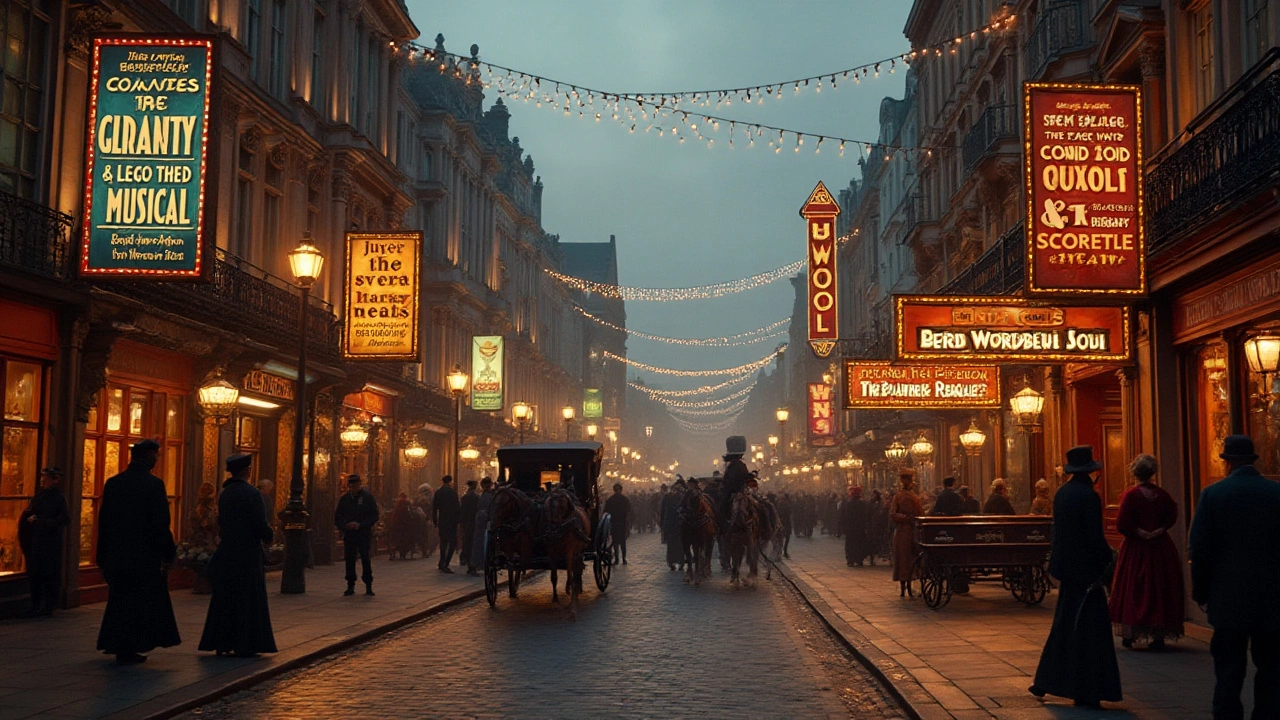First Musical: Discover the Birth of Musical Theatre
Ever wonder which show kick‑started the world of songs and stories on stage? The answer isn’t a single drama but a handful of experiments that blended dialogue, dance, and music. Knowing the first musical helps you see why modern shows work the way they do.
Why the First Musical Matters
Early producers were trying to keep audiences entertained in a noisy, competitive world. When The Black Crook opened in New York in 1866, it offered spectacle, a full orchestra, and dozens of dancers. That mix proved audiences loved hearing the story while watching movement. It set a template that every Broadway hit still follows.
Before The Black Crook, there were smaller steps. The Beggar’s Opera (1728) in London used popular songs to mock politics, showing that familiar tunes could carry a narrative. In the 1900s, the silent‑film era added a new twist: movies like The Jazz Singer (1927) synced recorded sound with moving pictures, turning cinema into a giant musical stage.
How to Explore Early Musicals Today
Most original scores aren’t on streaming services, but you can still hear them. Check the Library of Congress digital collections – they house recordings of The Black Crook rehearsals and early Broadway cast albums. University music libraries often digitise sheet music; a quick Google search for “Black Crook score PDF” brings up public‑domain files you can download.
If you prefer live experience, look for regional theatre companies that stage “heritage productions.” They often revive works like Show Boat (1927) or even earlier operettas that influenced the musical format. Ticket prices are usually lower than Broadway, and the performances give you a sense of how audiences first reacted to songs that moved the plot.
Another practical tip: join online forums dedicated to musical theatre history. Communities on Reddit or specialized Facebook groups share rare recordings, critique old scripts, and recommend books such as American Musical Theatre: A Chronicle. Engaging with fans will point you to resources you might miss on your own.
Finally, try tracing the lineage of a modern hit back to its roots. Take a popular song from a current show, then ask: “What older musical used a similar melodic style?” You’ll often find a chain linking today’s Broadway to the 19th‑century productions that first tried the formula.Understanding the first musical isn’t just about dates; it’s about seeing how a simple idea – singing while acting – turned into a global industry. Use the archives, attend heritage shows, and talk to fellow fans. Soon you’ll recognize the DNA of every big number you love, from “Defying Gravity” to “The Phantom’s” haunting chords. Enjoy the hunt, and let the earliest tunes inspire your next theatre night.

25 Nov 2024
Musicals have long enchanted audiences worldwide, with their unique blend of song, dance, and storytelling. But where did this beloved form of entertainment begin? Delving into the past reveals intriguing stories and challenges that shaped these productions. By exploring the early stages of musical theater, one discovers how historical contexts influenced what we recognize today as musicals.
Continue reading...
